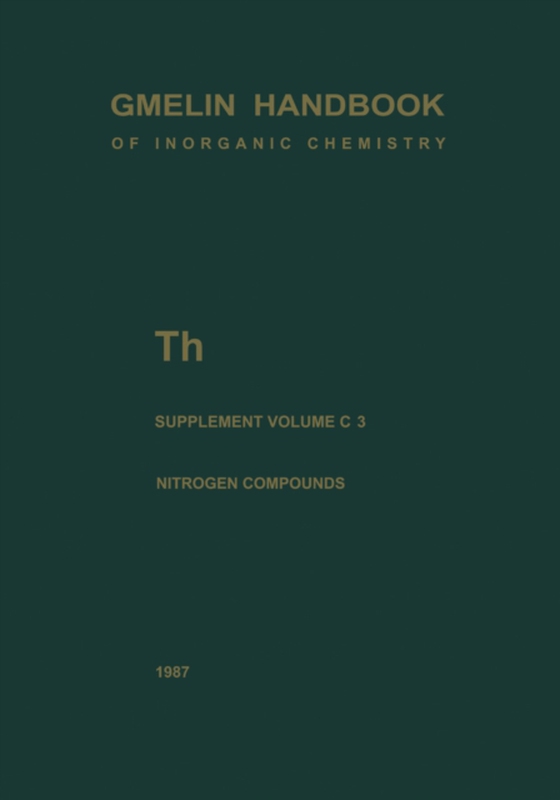
Th Thorium e-bog
436,85 DKK
(inkl. moms 546,06 DKK)
This volume C 3, as a part of the Gmelin "e;Thorium"e; Handbook, Series C, describes the thorium-nitrogen compounds. Included are compounds both of technological importance like the nitrides and the nitrates and those of merely scientific interest, such as amides and related compounds. However, due to the decreasing technical importance of the nuclear thorium fuel cycle, especially with...
E-bog
436,85 DKK
Forlag
Springer
Udgivet
11 november 2013
Genrer
Chemistry
Sprog
English
Format
pdf
Beskyttelse
LCP
ISBN
9783662063309
This volume C 3, as a part of the Gmelin "e;Thorium"e; Handbook, Series C, describes the thorium-nitrogen compounds. Included are compounds both of technological importance like the nitrides and the nitrates and those of merely scientific interest, such as amides and related compounds. However, due to the decreasing technical importance of the nuclear thorium fuel cycle, especially with the advanced fuels like the nitride ThN, in recent years, the thorium compounds with nitrogen have been investigated much less extensively than the correspond- ing uranium compounds. In order to have the data for the Th-N-X systems accumulated in one specific volume, the decision was made to publish this volume without incorporating other Th systems. ThN is the compound with the lowest N :Th ratio. In addition to its (former) nuclear interest due to its thermal and radiation stability, it has many very interesting physicochemical properties. Thorium nitrate, the other well-investigated compound, is of importance because it is (in the form of an adduct with tri-n-butylphosphate) the extracted compound when burnt-up thorium fuels are reprocessed. Despite the wealth of accumulated data on the chemical and physicochemical properties of the compounds discussed, the knowledge of the compounds and of the systems is far from satisfactory - it must be deepened and improved in further studies. I would like to thank the competent authors for their critical contributions as well as the Gmelin-Institute for the excellent cooperation provided, especially Prof. Dr. Fluck and Dr. Keim, the editor-in-chief of this volume.
 Dansk
Dansk

